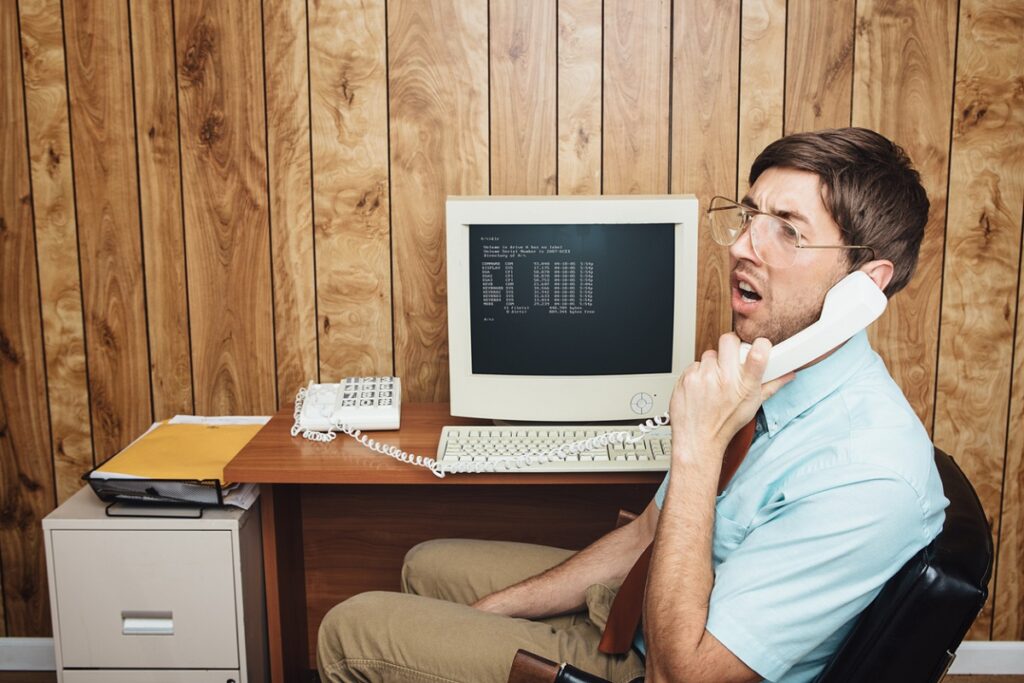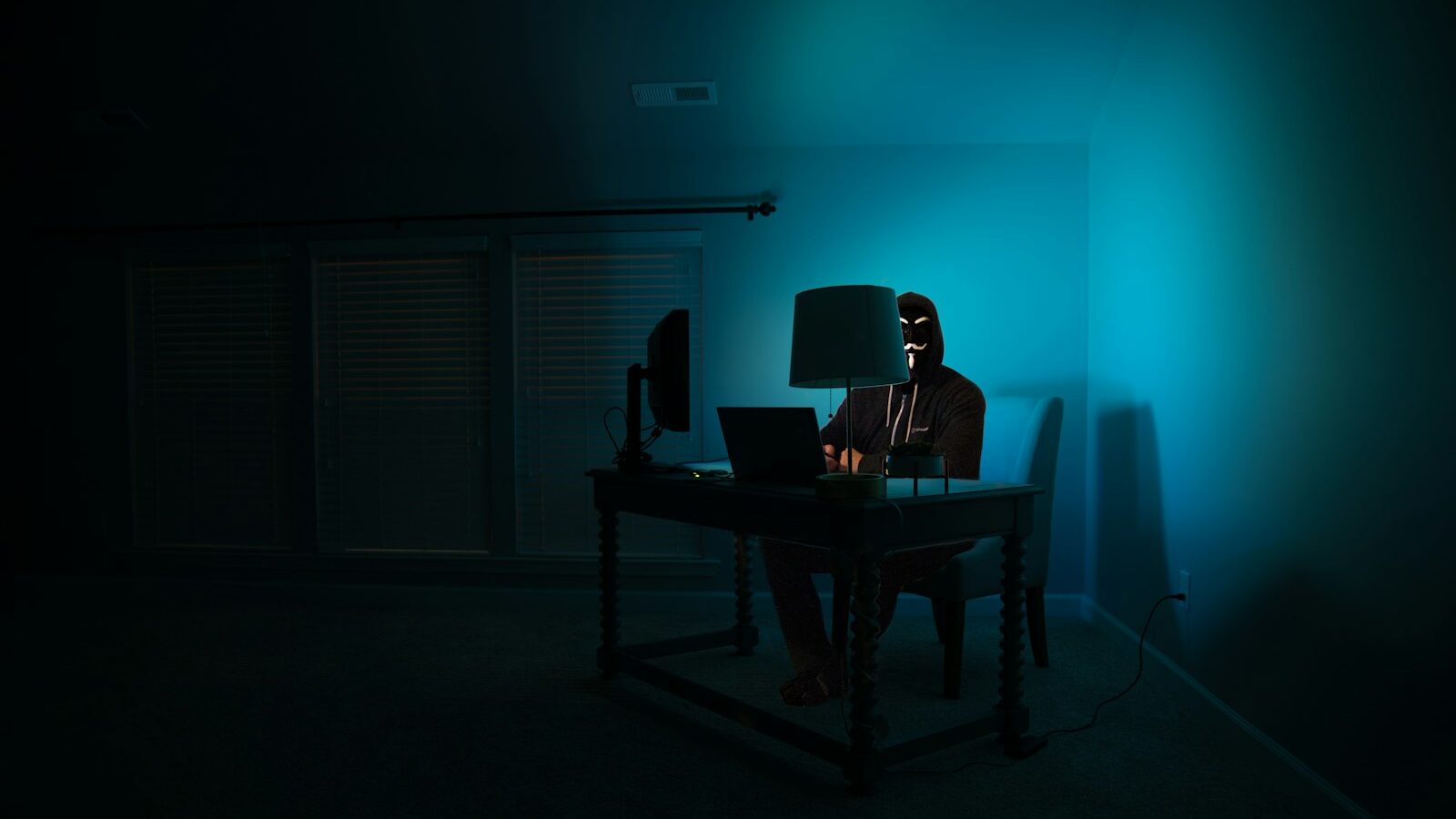In daily life, it’s easy to get caught up in the day-to-day issues and miss the bigger trends.
Consider the many changes that have happened in the past ten years: in 2006, there was no iPhone, Twitter was still in development, Facebook’s user base consisted mostly of hip college students, and Disney and Pixar were two different companies.
Between then and now, the modern workplace has experienced equally dramatic changes, as we at BambooHR found out in a recent study. This study took responses gathered in 2006 and asked the same questions in 2016, with questions focused on four broad sections of the workplace: Employee Satisfaction, Workplace Environment, Electronic Monitoring, and Workplace Stress & Anxiety.
Some areas have seen steady improvement, while others have seen complete disruptions through technological and societal change. Understanding these changes is the first step to preparing for the future.
Employee satisfaction
How far we’ve come: Since 2006, workplaces have made great efforts to improve employee satisfaction and, by extension, employee engagement.
We asked employees about their managers and other leadership, the recognition their employers gave them, and how they felt about their future at their current company. Overall, each of these categories saw an increase in the favorable responses compared to the responses from 2006. It seems that the workplace has become more employee-focused, perhaps as a response to an improving economy.
Our survey showed that 66% of employees would choose to remain at their current company rather than take a similar job elsewhere, a statistic that has risen from 48% ten years ago.
Fewer employees feel like the job they are doing is a good fit for their skills and interests
Where we’re headed: While employees are reporting that they’re satisfied, one statistic shows an area where companies still need improvement. We found that fewer employees feel like the job they are doing is a good fit for their skills and interests and that fewer knew how their current position contributed to their organization’s goals.
This drop could stem from any number of factors. A writer hired to create copy for paper catalogs might still be adjusting to online marketing taking a bigger and bigger share after ten years. Or a person who started a years-long stint in customer service during the years of the recession might now want to pursue a career that seemed impossible even six years ago.
One thing is clear from this statistic: reviewing and updating job descriptions can make an important difference in how your employees perform. In a separate survey, we found that employees see increased connections to their organizations as a sign of employer recognition, and we found that 94% of employees who are recognized on a daily basis report satisfaction with their work.
Workplace environment
How far we’ve come: Ten years ago, the workplace was much closer to the traditional office portrayed in movies and TV shows like Office Space and The Office. Aside from calling in to a teleconference line, or using Skype if you were on the bleeding edge of tech, collaborative work took place in conference rooms and employees needed to be down the hall for eight or nine hours of every day.
Since then, employers have seen examples of innovative workplaces, and many have begun to update their working environment with employees in mind. Open workspaces have replaced cubicles in many organizations, and as virtual and cloud-based technologies improve, working remotely has become a viable option rather than a last resort. (Remember transferring files via email or with a flash drive?)
Where we’re headed: When it comes to workplace environment, there’s still room to improve. While 71% of employees feel that their employers are trying to create a productive workplace, only 66% of employees feel that their current workplace design encourages creativity and innovation.
79% of respondents said that they accomplish their best work at the office
As with so much else in the workplace, there’s no single right answer to the question of workplace design, even within departments of a single organization. Open environments and friendly conversation might give marketing departments the synergy they crave, but the same environment might prove too distracting for developers concentrating on a particularly tough bit of code.
But in spite of all the advances in remote work, any office is still shaping up to be better than a home office: 79% of respondents said that they accomplish their best work at the office. This isn’t just because they’re warming office chairs for eight hours, as our study found that a high percentage of good ideas occur outside of work. But for focus and collaboration, you can’t beat a shared space.
Electronic monitoring
How far we’ve come: Back in 2006, many companies were concerned about controlling the flow of information, preserving their reputations, and avoiding legal repercussions from how their employees used the Internet. As a result, 65% of companies blocked connections to banned websites, 76% monitored website connections, and 55% monitored email communications.
Where we’re headed: Today, many companies remain concerned about controlling the flow of information, preserving their reputations, and avoiding legal repercussions. However, the rise of smartphones and social media has led to an exponential increase in the risks companies face in an always-on, hyperconnected digital environment.
We’ve seen a drop in monitoring email and desktop connections as the cost and feasibility of monitoring all possible communications becomes prohibitive. Instead, organizations are implementing social media policies and communicating with their employees about the consequences of damaging the organization’s reputation.
Workplace stress & anxiety
How far we’ve come: Our study found a 75% drop in employees who reported that they were experiencing persistent stress or excessive anxiety in their daily lives. It was likely a tough road to get here, as the world experienced the Great Recession and its slow recovery. While stressors still persist, the employee experience has vastly improved, with many seeking more productive outlets for their anxiety.
While stressors still persist, the employee experience has vastly improved
Where we’re headed: Instead of coping with stress through eating more and sleeping more, today’s employees prefer talking with family and friends and exercising more. Perhaps this reflects the fact that interpersonal relationships are now the fourth most common source of stress, rather than the second. Maybe now that we’ve all seen what true stress looks like, it’s given us a new sense of perspective.
How has your organization changed over the past ten years? As you experience these trends, are you feeling ahead of the times or stuck in the past? Check out BambooHR’s Then and Now series for the full set of findings. The more you can learn from the past, the brighter you can build your future.









